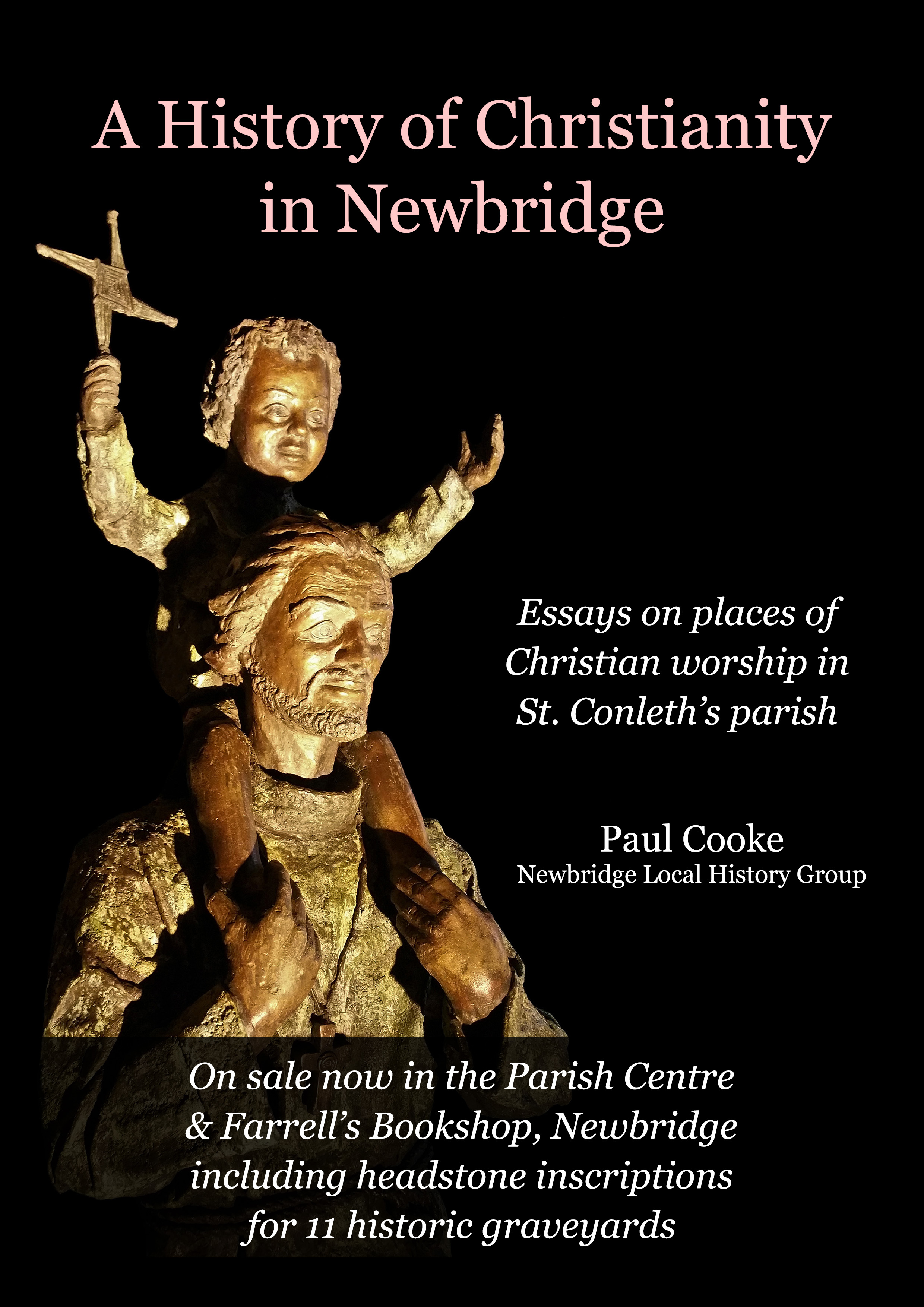First Units in the Military Barracks
NEWBRIDGE BARRACKS. THE FIRST UNITS
by JDURNEY on AUGUST 31, 2012
Newbridge Barracks. The first units
James Durney
In 1807 General the Earl of Harrington, Commander of the Forces in Ireland, had proposed that new barracks be built countrywide and as many as possible of the temporary barracks vacated. Among the sites proposed for cavalry barracks was the Curragh of Kildare. A site survey was undertaken by the Assistant Quarter-Master General Colonel W. Blanquière, who recommended instead a site at Newbridge. The text of the site evaluation referred to the military aspects of the terrain at the site, its proximity to Dublin in the event of an emergency, the importance of its proximity to water on the Liffey banks and the availability of building materials in the locality and of stone for building at Kilcullen Bridge. The availability of forage and provisions in nearby areas was also considered advantageous for the siting proposal. The local landowners welcomed the proposal to build the barrack in their midst as it offered a prospect of selling land and if occupied by troops the outlay in the neighbourhood of their subsistence and maintenance.
Colonel Blanquière’s recommendation was approved and in September 1812 the Deputy Barrack Master, General Quin John Freeman, secured leases in perpetuity for a site of some thirty-nine Irish acres from three Newbridge landowners: Eyre Powell, who owned the entire townland of Greatconnell; the Hon. Ponsonby Moore of Moorefield; and the Hannon family of Kilbelin. The project was first advertised for tender in November 1812 ‘for erecting a Cavalry Barrack at new Bridge, in the county of Kildare’. No acceptable tender was received and it was again advertised the following spring. The tender of Hargrave, a Cork architect and building contractor, was accepted, at a cost of £96,000. The furnishings and fittings cost a further £4,000.
By 1819 the barracks had been built, having giving employment to many local tradesmen. In January 1819 the 3rd Kings Own Dragoons landed at Waterford and passed through the town of Clonmel, en route for Tullamore, Philipstown and Newbridge, where a detachment of troops were billeted. These are the first recorded troops at the new barracks. A tour of duty was usually for a year when the units were rotated and replaced by other garrison troops.
In 1820 the barracks was occupied by 868 cavalry officers and men; 107 infantry officers and men; and 980 horses. In August 1820 the 3rd Light Dragoons, under the command of Lt. Col. Hutchins, were stationed at Newbridge, and were replaced in December 1820 by the 2nd Dragoon Guards (Queen’s Bays). In August 1823 it is recorded that the unit in garrison were the 4th Dragoon Guards.
The Freeman’s Journal recorded that on 26 January 1827 the ‘14th Light Dragoons marched this week from Dublin to Newbridge to replace the 7th Dragoon Guards, who are gone to Dublin’.
Some additional blocks seem to have been added to the barracks by 1826 and it then housed four permanent Field Officers, twenty-one Captains, thirty-eight Subalterns (lieutenants) and 858 NCOs and Privates, with 1010 horses. The barracks also had a hospital with 100 beds. The Freeman’s Journalrecorded that on 19 February 1828: ‘the 8th Royal Hussars to be stationed at Newbridge’ and on 3 August 1829: ‘detachment of the 7th Hussars in London, embarking Liverpool en route to Newbridge’.
The first units of the British Army to garrison the new barracks at Newbridge

